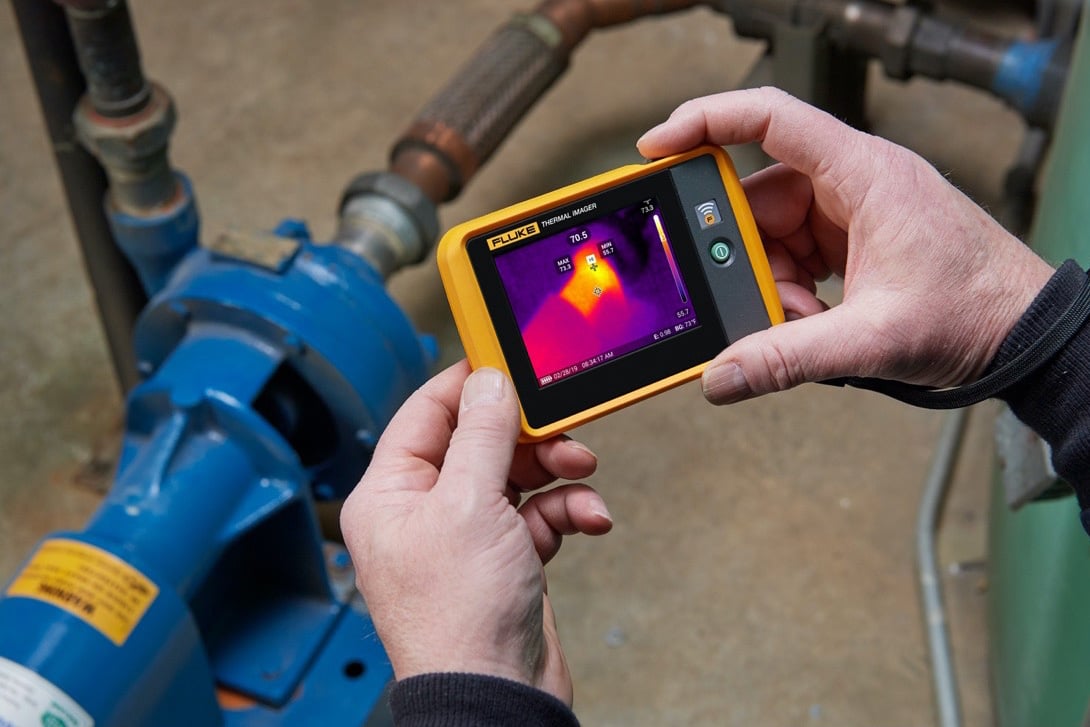Ingenious Solutions for Early Discovery of Water Leakages in Buildings and Framework
As the stability of structures and facilities is vital, the difficulty of very early detection of water leakages has actually spurred cutting-edge services that assure to transform the means we protect versus possible damages. From sophisticated leak discovery technologies to the implementation of IoT sensing units for real-time monitoring, the landscape of leakage prevention is developing quickly. Artificial intelligence formulas supply a glimpse into the future of leakage forecast, while thermal imaging presents a non-intrusive method for identifying surprise leakages. Automated water flow analysis systems are reshaping how leaks are determined and resolved, leading the way for a positive technique to water leakage detection. Each of these remedies holds the key to guaranteeing the dependability and durability of our constructed setting, motivating a change towards a much more lasting and reliable future.
Advanced Leakage Discovery Technologies
Advanced leakage detection innovations, furnished with sophisticated sensing units and algorithms, play a vital function in quickly identifying and pinpointing water leaks in different settings. These technologies utilize a combination of acoustic, thermal, and electro-magnetic picking up methods to spot leaks properly. Acoustic sensors spot the sound of running away water, permitting exact localization of the leak resource. Thermal imaging identifies temperature level adjustments triggered by water leakage, providing an additional efficient method for leakage identification. Electro-magnetic sensors can identify adjustments in electromagnetic areas triggered by water, offering yet an additional layer of leak discovery ability.

IoT Sensors for Real-Time Monitoring
In the world of modern-day water leak detection, the integration of IoT sensors for real-time surveillance stands for a pivotal development in improving aggressive leak discovery abilities. These sensors provide constant tracking of water supply, giving real-time information on water circulation rates, pressure variations, and temperature modifications. By leveraging IoT innovation, these sensors can identify also the tiniest abnormalities in water use patterns, enabling early identification of potential leaks before they rise right into major problems.
IoT sensors transfer data to a centralized system, where innovative formulas examine the details and create alerts or notices when abnormalities are detected. This real-time surveillance capacity enables homeowner or facility supervisors to without delay attend to leaks, reducing water damage, lowering repair service costs, he has a good point and preserving water sources.
Additionally, IoT sensors can be incorporated with building management systems, enabling automatic responses to spotted leakages, such as turning off water valves or turning on pumps to reduce the impact of leakages. In general, the execution of IoT sensors for real-time monitoring considerably boosts the effectiveness and performance of water leak detection in buildings and framework.
Maker Learning Algorithms for Leakage Prediction

One key benefit of utilizing artificial intelligence for leakage prediction is its ability to continually learn and boost its accuracy over time. As even more data is gathered and fed into the formula, it can refine its forecasts and adapt to transforming conditions, inevitably enhancing the integrity of leakage discovery systems.
Moreover, artificial intelligence formulas can help in recognizing subtle indications of leakages that may go unnoticed by traditional tracking approaches. water leak detection. By evaluating intricate data embed in real-time, these formulas can give early cautions and alerts, enabling for punctual intervention and preventative maintenance to alleviate Web Site prospective water damage and associated prices
Using Thermal Imaging for Leakage Detection
Thermal imaging innovation supplies an appealing technique for discovering water leakages in numerous systems and infrastructures. By using infrared radiation and temperature level differences, thermal imaging cameras can determine surprise leaks that are not easily visible to the nude eye. When water runs away from pipelines or structures, it frequently alters the temperature level of the bordering location, creating temperature differentials that thermal video cameras can catch. These temperature level abnormalities are after that converted right into noticeable photos, highlighting the specific location of the leak.
One of the essential benefits of thermal imaging for leak discovery is its non-intrusive nature. Generally, the usage of thermal imaging modern technology improves the efficiency and precision of water leak discovery, making it a valuable device for maintaining the honesty of structures and infrastructures.
Automated Water Circulation Analysis Solutions
How can computerized water flow evaluation systems revolutionize the discovery and management of leaks in numerous systems and facilities? Automated water circulation analysis systems use a proactive technique to leakage detection by continually keeping track of water flow prices and patterns. By developing baseline data, these systems can promptly identify variances that might suggest a leakage, enabling timely treatment to stop considerable damage.
These systems utilize sophisticated formulas to evaluate real-time information and provide immediate informs when abnormalities are detected, enabling for speedy activity to be taken. Additionally, computerized water flow evaluation systems can be incorporated with structure monitoring systems or IoT platforms, enhancing general effectiveness and making it possible for remote monitoring abilities.
Furthermore, the information accumulated by these systems can be made use of for anticipating upkeep functions, assisting to determine prospective powerlessness in the facilities before leaks take place. On the whole, read review the application of automatic water flow evaluation systems can significantly boost leakage detection and management practices, inevitably causing cost savings, decreased water wastage, and increased sustainability in structures and facilities.

Final Thought
To conclude, the assimilation of innovative leak detection technologies, IoT sensors, device knowing algorithms, thermal imaging, and automated water flow analysis systems offers innovative services for early detection of water leakages in structures and facilities. These innovations allow real-time tracking, prediction of leakages, and reliable discovery techniques to avoid water damage and wastage. Implementing these remedies can aid in preserving the stability and sustainability of water systems in numerous setups.
Comments on “Discover Reliable Water Leak Detection Providers for Accurate and Rapid Outcomes”